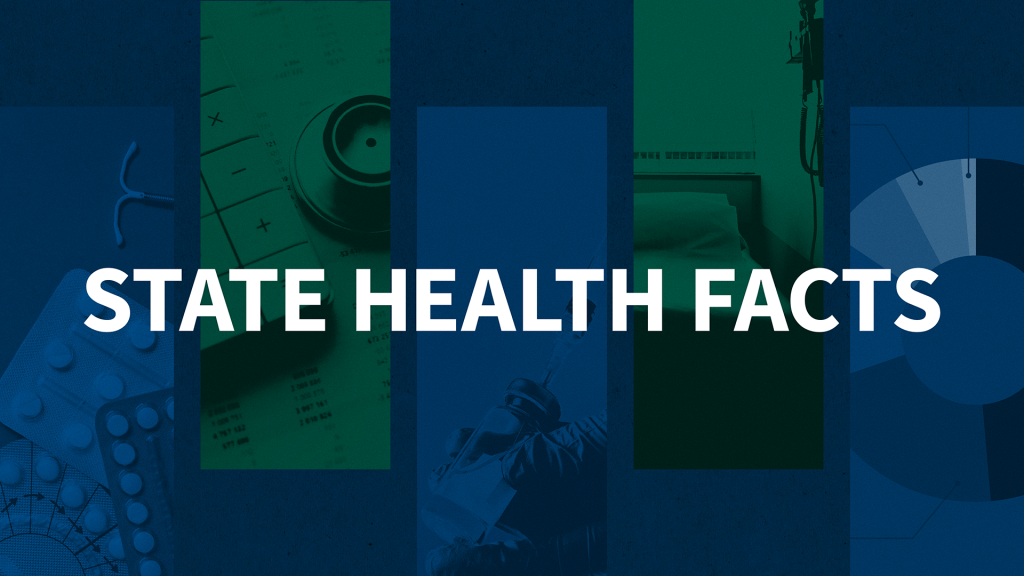Percent of Older Women on Medicare with Medicaid Coverage, by Age and Race/Ethnicity, 2009
Percent of Older Women on Medicare with Medicaid Coverage, by Age and RaceEthnicity, 2009 Download…
The independent source for health policy research, polling, and news.
KFF’s policy research provides facts and analysis on a wide range of policy issues and public programs.
KFF designs, conducts and analyzes original public opinion and survey research on Americans’ attitudes, knowledge, and experiences with the health care system to help amplify the public’s voice in major national debates.
KFF Health News is a national newsroom that produces in-depth journalism about health issues and is one of the organization’s core operating programs.
State Health Facts is a KFF project that provides free, up-to-date, and easy-to-use health data for all 50 states, the District of Columbia, and the United States. It offers data on specific types of health insurance coverage, including employer-sponsored, Medicaid, Medicare, as well as people who are uninsured by demographic characteristics, including age, race/ethnicity, work status, gender, and income. There are also data on health insurance status for a state's population overall and broken down by age, gender, and income.
Percent of Older Women on Medicare with Medicaid Coverage, by Age and RaceEthnicity, 2009 Download…
This issue brief, Health Reform: Implications for Women's Access to Coverage and Care, reviews how the Affordable Care Act is expected to affect access to care and affordability of health coverage for women. It also explains the provisions in the health reform law related to preventive screening services, reproductive health, maternity care and women on Medicare. The brief includes national and state-level estimates of the percentage of uninsured women ages 18-64 who are likely to qualify for federal help under the law and a summary of key coverage and benefits provisions in the health reform law that affect women.
Views of Health Insurance Companies Tilt Negative, But More Favorable Toward Your Own Insurance Company – POLLING Download…
Many Features of Health Plans Seen As Valuable Choice of Doctors and Range of Services Top the List – POLLING Download…
This annual Employer Health Benefits Survey (EHBS) provides a detailed look at trends in employer-sponsored health coverage, including premiums, employee contributions, cost-sharing provisions, and other relevant information. The 2013 EHBS survey finds average family health premiums rose 4 percent in 2013, relatively modest growth by historical standards.
Medicaid now covers more than 1 in every 5 Americans, and millions of uninsured individuals will become newly eligible for Medicaid under the ACA. Considering Medicaid’s large and growing coverage role, an evidence-based assessment of the program’s impact on access to care, health outcomes, and quality of care is of major interest. This brief takes a look at what the research literature shows regarding the difference Medicaid makes.
In March 2013, the Kaiser Family Foundation convened key HIV/AIDS stakeholders from a variety of backgrounds to explore opportunities for maximizing the beneficial impact of the Affordable Care Act (ACA) for people living with HIV and examine strategies to help them navigate the transition to new health coverage. This report summarizes the information shared and key issues discussed at the meeting.
The Affordable Care Act (ACA) could help many uninsured Blacks through the law’s expansion of Medicaid and the creation of new health insurance exchange marketplaces with tax credits to help moderate-income people purchase coverage. This brief provides an overview of the Black population in the U.S., their health coverage today and the potential impact of the ACA coverage expansions.
The Affordable Care Act (ACA) will significantly increase coverage options through an expansion of Medicaid and the creation of new health insurance exchange marketplaces. However, effective outreach and enrollment efforts will be key to ensuring that new coverage opportunities translate into increased coverage.
This month’s Visualizing Health Policy infographic provides information about the role of Medicaid and Medicare in women’s health care: the proportion of US women who are covered by Medicaid and Medicare; how women comprise the majority of those covered by the Medicaid and Medicare programs and the majority of those receiving long-term services and supports (such as home health care); how women on Medicaid are poorer and sicker than women with private coverage; how Medicaid is a primary payer for women’s reproductive health services; and how women on Medicare spend more than their male counterparts on medical care and also have higher rates of health problems and social challenges.
© 2025 KFF
